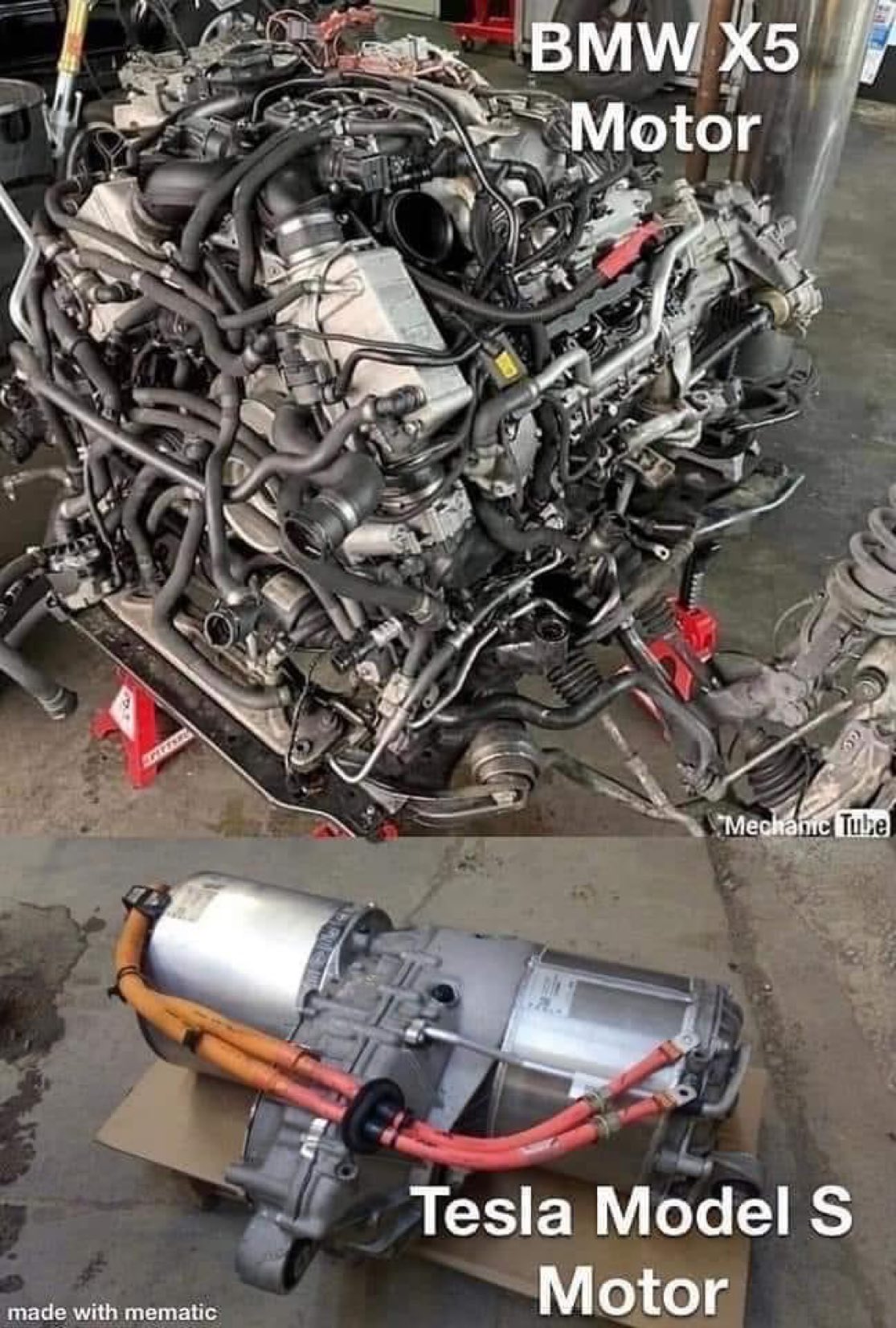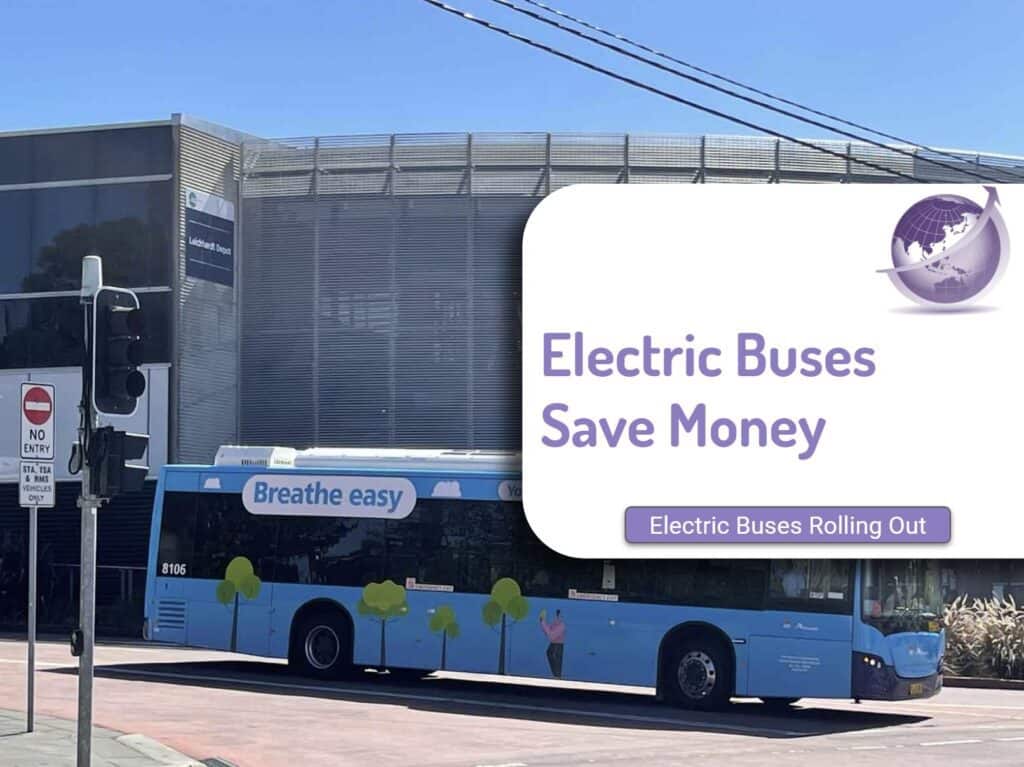Questions
Will EV Replaces Petrol Imports? Is the cost of petrol imports about the same value as coal exports from a balance of payments view? Will we need to import petrol products? Do fossil fuel exports provide tax receipts for Australia? Will a transition to electric vehicles, charged from renewable energy, make financial sense?
Answer
Yes to all questions: EV adoption replaces petroleum imports. The value of exports of coal are about the same balance of payment of importing our shortfall of petroleum products. Changing ICE cars to Electric Vehicles will provide a huge improvement in the balance of payments. A rapid change to Electric Vehicles is economically, strategically and improves health.
Summary of Trade
The following figure shows Australian Energy Trade in 2019. We will look more closely at the various components and it becomes clear that the importation of refined products (at a high price) is greater than the export of coal. The current export of crude oil, and re-importation of refined oil, as well as refining oil within Australia appears to be a very distorted market. While much is made of royalty payments, which are small, most coal, gas and oil companies pay zero tax. In a nutshell.
- We export $7.2 billion of crude oil.
- We import about $6.8 billion of oil products.
- We export about 213MT or $17B of thermal coal and 177 Mt of metallurgical (steel-making) coal worth $35 billion.
- Thermal coal will decrease over the next decades as the buyers stop burning coal
- We have a security issue with petrol and diesel transport security and spent over $2 billion in subsidies in the past year.
- We get less than $3B in resources royalties.
- Companies pay almost zero income tax on coal exports.
- The value of exporting coal is employment of 39,000 people, half of all those who work in Mcdonalds.
The cost of an EV is from about $25,000 to $40,000. If a subsidy of $10,000 (or offset Solar panels and a high capacity charger) was provided, and 1 million vehicles per year were converted, then the subsidy would be $10 Billion per year for about 16 years. We would only have a diminishing import of oil, and we could export more of exiting production. Hence, $7 billion annual imported every year would decrease rapidly. The vehicle fleet is 16million cars. If the subsidy was in effect for 10 years, it would be fully repaid within 16 years from the elimination of oil imports and increased crude oil exports.
EVs improves Balance of Payments
Changing the transportation fleet to renewable energy and electric vehicles would improve the balance of payments. We export 78% of our crude oil, and then re-import over 70% of our vehicle petrol, diesel and aviation fuels at a cost of hundreds of billions. The refineries in Australia are propped up with Government support and high consumer prices. The total litres sold in Australia is about 60,000 ML. If the price imported was 50c, then the total import amount to the industry is worth about $30 billion ($90 billion at the retail level). The Govt raises about 42c per litre in fuel excise tax ($19 Billion in 2020) and also raises 10% of GST on fuel as well so there are other implications such as excise, road charges to adapt.

What is clear is that the export of that 11,088 PJ of coal is worth less than the 1,228 refined products. Is this stupid or what!
Importation of petroleum products
Australia is already dependent on imports to meet the growth in demand for transport fuels (eg. demand for diesel and jet fuel exceeds total local refinery production) and Australia is a price taker on world markets.[1] The situation is complicated.
- Australia demand is about 1 million barrels per day.
- About 10% of the fuel demand is jet and aviation fuel.
- We export much of the crude oil we produce
- Domestic oil production has halved in the past decard due to oil fields running out. In 2010 we produced 17b of crude oil per year. That has halved to $8b in 2020. (or 8,500,000 bbls/ day)
- But we also import oil as feedstock to the 2 remaining oil refineries.
- Most refineries have closed and the 2 survivors can process about 240,000 barrels per day or about 20% of the demand. They survive on $1.8B of govt subsidies for “strategic supplies”.
- Some of the crude oil imported is processed but then exported as refined products.
- We import about 43% of the consumer product. .
Historical Imports
The importation over the past 12 years is shown in this graph [2]. Approximately 22 thousand megalitres were imported in 2020. The average TAPIS price is about $0.50 per litre (A barrel of Tapis of 154 litres is about $80). Domestic refineries imported over two-thirds of their feedstock, while 59% of refined product consumption in Australia was met by imports.
The oil reserves in Australia are estimated at 1.193 billion (38th in the world). Our oil consumption is 20th in the world.
| Measure | Barrels per day | Barrels (m) (Annual) |
| Oil Production | 373,723 | 136 |
| Oil Consumption | 1,114,645 | 406 |
| Deficit | -740,916 | 270 |
| Oil Imports | 302,855 | 110 |
| Oil Exports | 215,925 | 78 |
| Net Imports | 86,930 | 31 |
The ACC says regarding retail petrol price of Mogas 95 [3] is based on the TAPIS price which used to be out of Singapore.
Source of Imports
We import from multiple countries. Countries include:
- Singapore 8,800
- Korea 6,000
- India 1,500
- Indonesia 1,500
- China 5,000 (and growing)
- Malaysia 7,300
- Brunei 3,000
- Japan 5,000
- Libya 1500
- UAE 2,400
- USA 5,400
In summary, Australia imports about 50% of the petroleum used as production has fallen away over the past decade. That is 3.1 billion barrels. (A barrel is 158 litres or 490 billion litres). At the current Tapis price of $80 per barrel, Australia imports about $25Billion of refined product.
Sales: total about 60,000 ML
- Petrol 16,075 ML
- Diesel 36,176
- Aviation 7,352
- LPG automotive 520
These figures are balanced by imports
We import about 20,000 ML of crude oil and other refinery raw material
- Petrol = 5902 Ml
- Diesel = 21947 ML
- Aviation = 4847
Total refined products is 46,000 ML so a total imports of 53,946 ML
Exports
We also export a range of petroleum products globally. Australian crude oil and feedstock exports declined to 276,000 barrels a day in 2020-21. Exports are forecast to increase to 295,000 barrels a day in 2021-22 before returning to 282,000 barrels a day in 2022-23.
Australian oil export earnings declined to $7.4 billion in 2020-21, reflecting low prices early in the year. Higher prices are expected to lift earnings to $11.2 billion in 2021–22.
Key products in 2019/20 include
- Crude Oil 16,900
- LPG 5,233
- Aviation fuel 1984
But our biggest export is LNG at 172,000 ML. The latest figures show Japan was the largest. Note that there was no tax paid. Royalties yes, tax no.
Minimal Income from Exports
Australia gets paid for gas mined from under its waters by the “petroleum resource rent tax” set up by the Hawke government in 1988. But payments peaked at around A$2.5 billion in 2000-01. They are now less than half that, and much lower still as a share of the economy and as a share of gas exported. The government’s December budget update predicts petroleum resource rent tax revenue of just $1.15 billion this financial year, revised down from the $1.4 billion expected in the May budget [5].
What’s Our Coal Exports
Exports of thermal coal will decrease as target export countries change to renewable energy, The latest data says Australian thermal coal exports declined from an all-time high 213 million tonnes in 2019-20 to 192 million tonnes in 2020–21, as a result of COVID-19. Exports are expected to recover to 212 million tonnes by 2022–23, as Asian economies return to normal conditions.[6]
Australian exports are shown by Deloitte Access Economics. [9] and they show it at $20Billion.
Australian exports are changing. [7] The Reserve Bank of Australia says for most of the past decade, coal has been Australia’s second largest resource export, after iron ore, and since 2015 has averaged around one-quarter of annual resource export values and 14 per cent of total export values. In 2018, the value of coal exports was $67 billion, equivalent to 3½ per cent of nominal GDP. Australia’s coal exports consist of different grades of black coal: metallurgical coal, which has a relatively high energy content and is used for industrial purposes (primarily steel making); and lower-energy content thermal coal used for electricity generation.
If you compare coal with other products then coal is a small contributor to share of GDP – about 3% while iron ore is about 45%.
Thermal Coal Exports
Thermal coal export values are forecast to rise from $16 billion in 2020–21 to $24 billion in 2021–22, before easing back to $19 billion in 2022–23
In contrast, LNG Australian export volumes are forecast to increase by 5.4% to 82 million tonnes in 2021–22, as technical issues are resolved at the Prelude and Gorgon LNG plants. Export volumes are forecast to be slightly higher in 2022–23.
Australia’s LNG exports earnings are forecast to increase from $30 billion in 2020–21 to $56 billion in 2021–22, as oil-linked contract prices rise sharply.
Australia is a large coal exporter -here is the data from the RBA. For thermal coal it is the second biggest but for steel making is the largest exporter.
How Much Tax Collected from Coal Exports
There are 2 income streams. Royalties and taxation
Small Royalties Are Paid
The total royalties paid to Queensland was coking coal for steel $3.6B, and $0.5b for thermal coal. [8]. Royalties in NSW is about $2 billion.
Taxes Not Paid by Fossil Fuel Companies
Michael West [10] shows that oil major Exxon has sold a staggering $56 billion worth of oil and gas – drilled from seabeds around Australia – and paid not one red cent in tax on that income in six years.
Market Forces provides a summary of top 10 Coal Companies paying no tax. [11]. The amount of tax paid is less than 10%. Some are zero.
Fuel Security
Australian fuel consumption is heavily reliant on imports, with 75 per cent of crude oil and 55 per cent of refined petroleum sourced overseas. The country has a strategic plan to have about 50 days of fuel in the country. In 2021, the Government allocated another 1.8 billion to increase the level of fuel available in Australia. [12] This has been an ongoing issue for years [13]. This ABC fact check has a range of great information.
Electric vehicles would nullify the need to have fuel in Australia – we would be self-sufficient.
Electric vehicles are already available
What Happens to Mechanics?
With 92,000 mechanics in Australia in 2020? How secure are their jobs?

References
- Australian Institure of Petroleum https://www.aip.com.au/resources/imports-transport-fuels
- Statista https://www.statista.com/statistics/674452/australia-import-volume-of-crude-oil/
- ACC https://www.accc.gov.au/system/files/Fuel%20facts%20-%20International%20prices%20drive%20Australias%20fuel%20prices.pdf
- Australian Petroleum Statistics – Production of petroleum in Australia 2020 https://www.energy.gov.au/sites/default/files/Australian%20Petroleum%20Statistics%20-%20Issue%20293%20December%202020.pdf
- In the midst of an LNG export boom, why are we getting so little for our gas? The Guardian Feb 2020 https://theconversation.com/in-the-midst-of-an-lng-export-boom-why-are-we-getting-so-little-for-our-gas-131461
- Thermal Coal Exports 2021 https://publications.industry.gov.au/publications/resourcesandenergyquarterlyseptember2021/index.html#:~:text=Australian%20thermal%20coal%20exports%20declined,economies%20return%20to%20normal%20conditions.
- RBA The Changing Global Market for Australian Coal 2019 https://www.rba.gov.au/publications/bulletin/2019/sep/the-changing-global-market-for-australian-coal.html
- Queensland Royalty Rates: https://www.business.qld.gov.au/industries/mining-energy-water/resources/minerals-coal/authorities-permits/payments/royalties/calculating/rates
- Estimates of royalties and company tax paid by the minerals sector Minerals Council of Australia 2021 Deloitte Access Economics https://www.minerals.org.au/sites/default/files/DAE%20-%20MCA%20-%202019-20%20Royalties%20and%20Company%20Tax.pdf
- Michael West Revealed: Australia’s Top 40 Tax Dodgers for 2021 https://www.michaelwest.com.au/revealed-australias-top-40-tax-dodgers-for-2021/
- Do you pay more tax than the big fossil fuel companies? Market Forces 2021 https://www.marketforces.org.au/campaigns/subsidies/taxes/taxavoidance/
- Delivering fuel security and protecting jobs 2021 https://www.energy.gov.au/news-media/news/delivering-fuel-security-and-protecting-jobs
- Fuel Security ABC https://www.abc.net.au/news/2018-05-23/fact-check-jim-molan-fuel-security/9687606
- Energy Trade, Dept Of Energy, Australia Govt 2021 https://www.energy.gov.au/data/energy-trade








